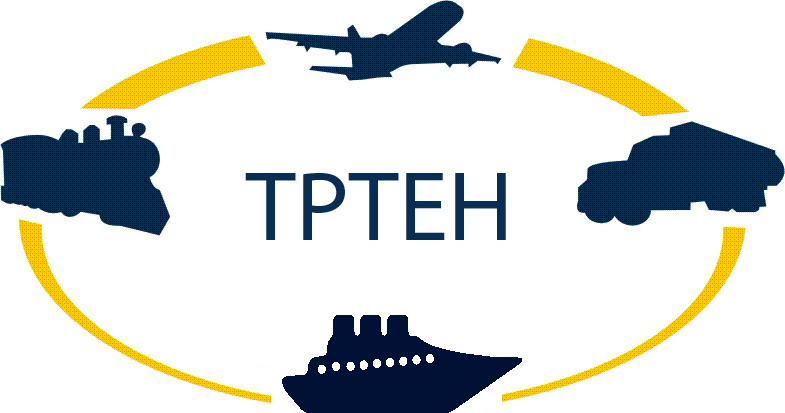1 – Abbas K. A. & Aly M. G. (2004) Logistics Chain Analysis of Upper Egypt Wheat Milling Company: A Basis for Developing Efficiency Models for Transport Activities. International Journal of Logistics: Research and Applications, Vol. 7(2), pp. 85-107. Taylor & Francis, UK.
2 – Abbas K. A. and Aly M. G. (2003) Developing Transport Cost and Revenue Models Based on Logistics Chain analysis of Wheat Milling Company. In Proceedings of Logistics Research Network Annual Conference (LRN 2003), pp. 1-8. Organised by Institute of Logistics and Transport. City Cass Business School, London, UK.
3 – 3. Abbas K. A. & Aly M. G. (2003) Logistics Chain Analysis: A Basis for Analysing Efficiency of Wheat-Flour Transport in Egypt. In Proceedings of 15th Annual Conference for Nordic Researchers in Logistics, (NOFOMA 2003) Striving for Leading Edge Logistics, Session: Transport, pp. 344-367. Edited by Jari Juga (ISBN 951-42-7064-9). Oulu, Finland. Also as web publication.
Abstract:
This paper develops a methodological approach that is meant to compute and assess the financial efficiency of transport activities within a company. The applicability of this approach is demonstrated by using 1998/99 data and information from the Upper Egypt wheat-milling company. It starts by constructing two logistics chains that simulate the process involved in the wheat-milling business in Egypt. These chains are used as the basis for identifying types of transported commodities, unique transport phases, trip origins and destinations of each of these phases as well as the transport modes and providers involved. This is followed by compiling and synthesizing for each transport phase a number of origin/destination matrices representing operational data and generic operational variables. In addition, similar size matrices are synthesized to represent transport costs and transport revenues. Manipulations of the developed matrices are undertaken to compute financial efficiency for transport activities as well as to develop disaggregate route-based cost and revenue allocation models for transported wheat and flour. These are used in identifying profitable and non-profitable transport routes. Such conclusion assists in re-pricing transport services along certain routes, or termination of operation of other routes.
This article may be used for research, teaching and private study purposes. Any substantial or systematic reproduction, re-distribution, re-selling, loan or sub-licensing, systematic supply or distribution in any form to anyone is expressly forbidden.
4 – Abbas K. A. (2004) Logistics Chain Analysis: A Basis for Assessing Greenhouse Impacts of Transport Activities for Industrial Premises. In Proceedings of 10th World Conference on Transport Research WCTR2004, Session B3: Logistics, Freight and Fleet Management. Istanbul, Turkey.
Abstract :
The main production and warehousing premises of Egypt Eastern Company for Tobacco is currently located in four different locations in Giza, Greater Cairo. The company is planning to agglomerate and relocate all of its premises into one big location in the industrial area of 6th of October new City to the south-west of Cairo. This research is concerned with assessing and comparing the greenhouse environmental impacts, resulting from transport activities in the two alternative location scenarios. In this context, two logistics chains that simulate activities and flow of raw materials and products for the company are developed. The first represents the company activities and operation from its current locations, while the second represents the expected operation of the company from its planned new location in 6th of October City. Transport phases in both chains are uniquely identified and described. A literature survey is conducted to obtain appropriate emission factors of the six main greenhouse gases emitted by transport activities. For each of the two considered industrial location scenarios, transport activities, represented by annual number of travelled kilometers, are multiplied by appropriate emission factors and expected annual values of six types of emissions are obtained. Finally, a comparative analysis is conducted to determine the location scenario expected to produce the least greenhouse emissions as a result of its transport activities.


